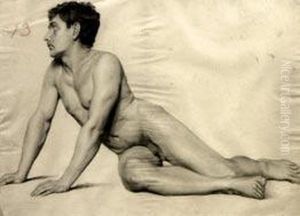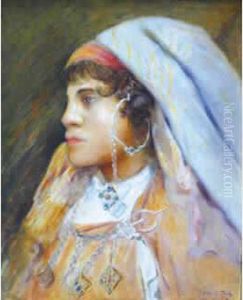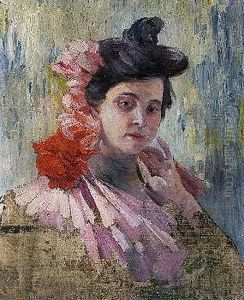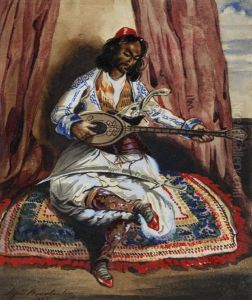Alfred E., Alfredo Andersen Paintings
Alfredo Andersen, born on February 3, 1860, in Kristiansand, Norway, is recognized as one of the pioneers of painting in the southern Brazilian state of Paraná. Andersen showed an early interest in art, which led him to pursue his artistic training in Norway. After completing his studies, he embarked on a journey that would significantly shape his life and career. Travelling to Paris, he furthered his art education, immersing himself in the vibrant European art scene of the late 19th century.
In 1902, fate intervened during Andersen's voyage to Buenos Aires when his ship made an unplanned stop in Paraná's capital, Curitiba, due to a yellow fever outbreak. Stranded, Andersen decided to settle in the city, which became his home for the rest of his life. In Curitiba, he quickly established himself as a central figure in the local art community, providing art education and contributing to the cultural development of the region. Andersen's work was influenced by Romanticism, and he is known for his landscapes, seascapes, portraits, and scenes of local daily life. His paintings often depict the natural beauty of Paraná, showcasing the state's coastlines, forests, and pioneer life.
Andersen's role as an educator is also a significant part of his legacy. He founded the first art school in Paraná, the Andersen Studio, which became a breeding ground for a generation of Brazilian artists. Through his teaching and his art, he inspired many young artists and helped to establish a flourishing artistic community in the region.
Alfredo Andersen passed away on October 16, 1935, in Curitiba, but his influence on Brazilian art endures. He is remembered as the 'Painter of Paraná' and his former home and studio now house the Museu Alfredo Andersen, where his artworks and contributions to Brazilian culture are preserved and celebrated.



